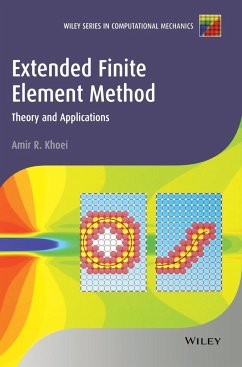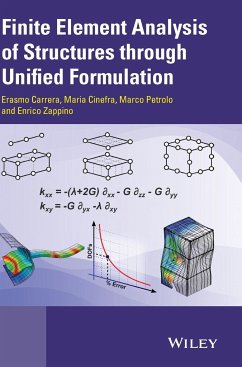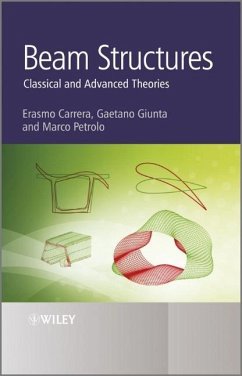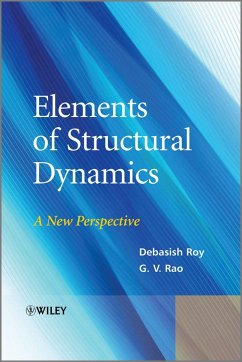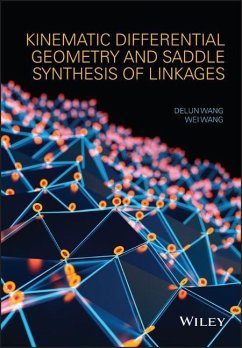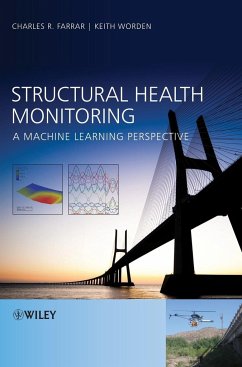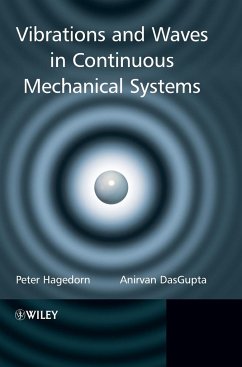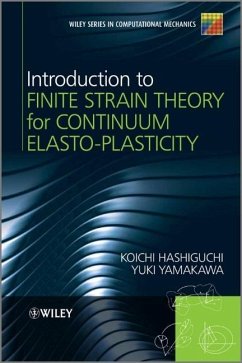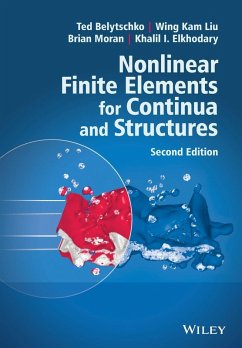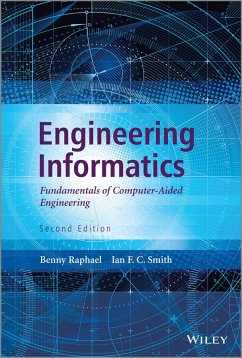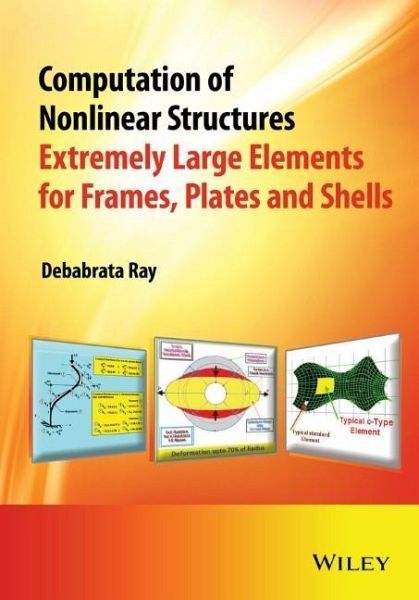
Computation of Nonlinear Structures
Extremely Large Elements for Frames, Plates and Shells
Versandkostenfrei!
Versandfertig in über 4 Wochen
145,99 €
inkl. MwSt.
Weitere Ausgaben:

PAYBACK Punkte
73 °P sammeln!
Comprehensively introduces linear and nonlinear structural analysis through mesh generation, solid mechanics and a new numerical methodology called c-type finite element methodTakes a self-contained approach of including all the essential background materials such as differential geometry, mesh generation, tensor analysis with particular elaboration on rotation tensor, finite element methodology and numerical analysis for a thorough understanding of the topicsPresents for the first time in closed form the geometric stiffness, the mass, the gyroscopic damping and the centrifugal stiffness matri...
Comprehensively introduces linear and nonlinear structural analysis through mesh generation, solid mechanics and a new numerical methodology called c-type finite element method
Takes a self-contained approach of including all the essential background materials such as differential geometry, mesh generation, tensor analysis with particular elaboration on rotation tensor, finite element methodology and numerical analysis for a thorough understanding of the topics
Presents for the first time in closed form the geometric stiffness, the mass, the gyroscopic damping and the centrifugal stiffness matrices for beams, plates and shells
Includes numerous examples and exercises
Presents solutions for locking problems
Takes a self-contained approach of including all the essential background materials such as differential geometry, mesh generation, tensor analysis with particular elaboration on rotation tensor, finite element methodology and numerical analysis for a thorough understanding of the topics
Presents for the first time in closed form the geometric stiffness, the mass, the gyroscopic damping and the centrifugal stiffness matrices for beams, plates and shells
Includes numerous examples and exercises
Presents solutions for locking problems




